A promising draft class goes down in flames
Full list of 2008 Mets draft picks
The 2006 Mets were just one big swing away from a trip to the World Series and possibly the third championship in the team’s history. Along the way to that painful defeat in Game 7 of the NLCS, the team’s flaws were clearly exposed. The game logs of 2006 are littered with the remains of Mets players who couldn’t go the distance and prospects who just couldn’t cut it. When your big hope is that Orlando Hernandez can be in shape to start in the next round of the playoffs, you know you’re in trouble. That round never came, but there’s always next year…
As we saw in 2004, drafting poorly can put you in quite a jam a few years later. The draft itself isn’t a quick fix, but it can save you from making desperate quick fixes down the road that cripple the team under a mountain of long-term contracts. With the consequences of failing to obtain and develop prospects never more apparent than they were after just falling short in 2006 and then utterly collapsing down the stretch in 2007, it was critical that the Mets got things right in 2008. Their first pick didn’t come until number 18, but that was followed by two more picks in the first/comp rounds and five total in the first 100 picks. They had to be able to get something out of all this, right?
So far, what we’ve gotten is 10 autograph cards. The only player from this draft class who has been of any significant value to the Mets has been Ike Davis, whose 5.9bWAR with the team is better than all but three players picked later in the 2008 draft. For now. Davis was traded to the Pirates after two disappointing seasons, leaving questions about whether he can be anything more than replacement level going forward. At least we don’t have to play “Why didn’t the Mets draft [player] instead?” with this one, the only standout players drafted after Ike are Craig Kimbrel, who went 96th overall, and Jason Kipnis, 135th overall. At the time though, Davis looked like a good pick and was the only Mets pick with an autograph in 2008 Bowman Draft Picks & Prospects.
Havens and Holt would have to wait a while for their autographs, an ominous sign given how the players around them fared. Javier Rodriguez was next up with autographs in 2008 Bowman Sterling (and later 2009 Bowman Chrome), followed by Davis, Kirk Nieuwenhuis, Sean Ratliff, Eric Beaulac, and Mark Cohoon in 2008 Donruss Elite Extra Edition. Nieuwenhuis would get his own Bowman Chrome autograph in 2010, but the remainder of the 2008 top 5, Reese Havens and Brad Holt, wouldn’t get theirs until 2011. Chris Schwinden made an appearance in 2011 Donruss Elite Extra Edition and Collin McHugh rounds out the bunch with his first autographs in 2013 Panini Pinnacle after he had been traded for Eric Young Jr.
That last bit makes Collin McHugh indirectly the most valuable player from this draft for the current Mets team. In less than a year since the trade, Young has been worth 1.6 bWAR. Of the players the Mets drafted in 2008, only Josh Satin (0.9bWAR) is currently on the team and only Kirk Nieuwenhuis (0.3 bWAR) and Eric Campbell are still with the organization, both at AAA Las Vegas. Davis and McHugh are the only notable trades, with the rest retiring or being released by the club.
And so, this entire draft comes down to six players and not the six you might have expected in 2008. Instead of overall picks #22 and #33 having an impact at the major league level, we got picks #554 and #674, though they be best known for a player they were traded for and a waiver claim merry-go-round, respectively. The top pick did produce as expected for a short while but didn’t turn into the much-needed franchise player to man the corner opposite David Wright. Three back-ups and part-timers complete the set, leaving the 2011-2013 Mets short on premium talent to call on from the minors. Eric Young Jr. was the prize of the 2008 draft for the Mets and he was drafted in 2003 by the Rockies.
 The Mets made the postseason for the second consecutive season last year, but not even a superb outing from Noah Syndergaard could get the Mets past the Giants in the Wild Card game, so it’s been a long offseason. Speaking of Noah Syndergaard, this happened:
The Mets made the postseason for the second consecutive season last year, but not even a superb outing from Noah Syndergaard could get the Mets past the Giants in the Wild Card game, so it’s been a long offseason. Speaking of Noah Syndergaard, this happened: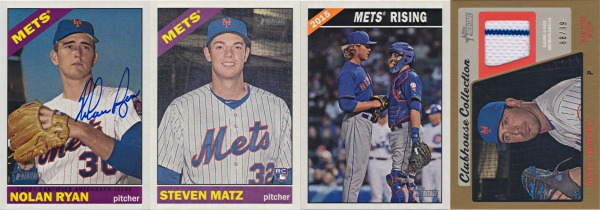
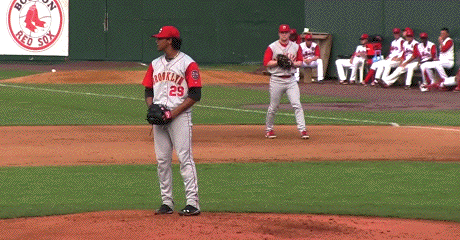
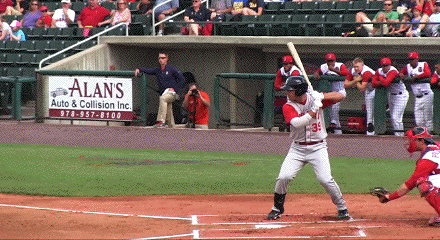
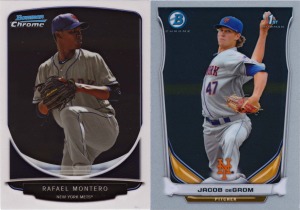
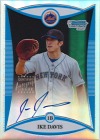
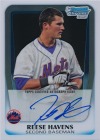
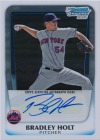
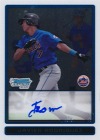
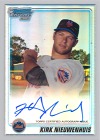

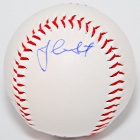
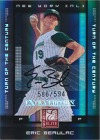

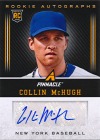
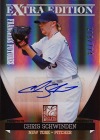

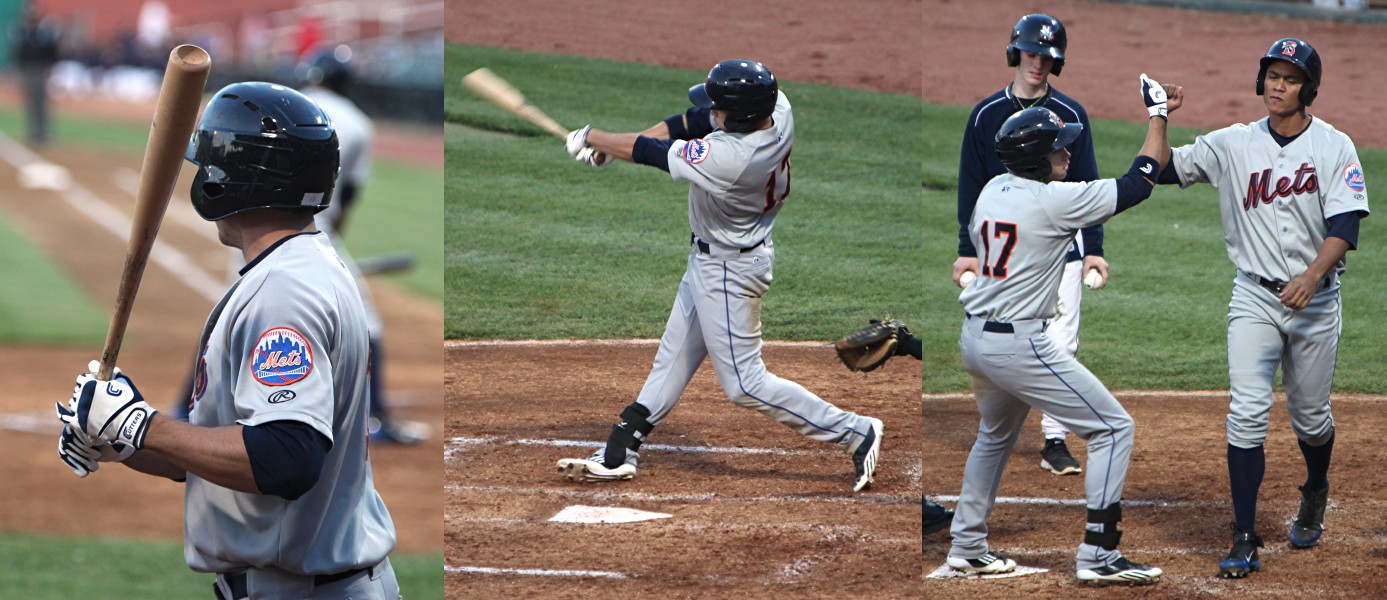


Recent Comments